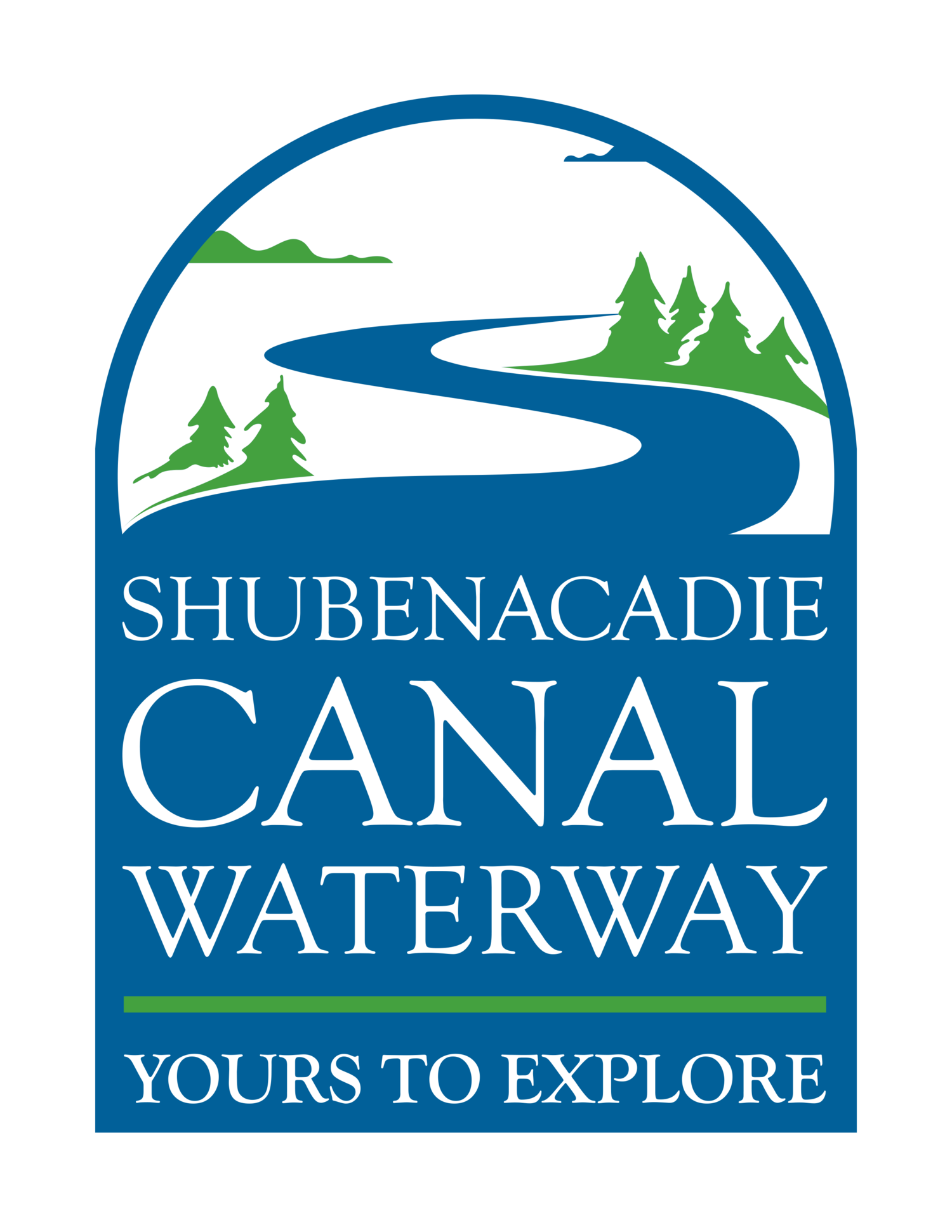Lake Charles is located at the northern end of Shubie Park, extending from the outer reaches of Dartmouth toward the community of Waverley. With a surface elevation of 28 m (92 ft) above sea level, Lake Charles is the summit of the Shubenacadie Canal Waterway. Water flows outward from this lake in both directions to feed the rest of the canal system.
In the 1820s, this lake was known as First Shubenacadie Lake, grouping it with the Second (Lake William) and Third (Lake Thomas) Shubenacadie Lakes. It was later renamed to Lake Charles in honour of Charles Rufus Fairbanks, the judge and politician who spent almost two decades advocating for the Shubenacadie Canal before his death in 1841. For more information about Fairbanks’s contributions to the canal, click here.
Prior to the construction of the Shubenacadie Canal, Lake Charles and Lake Micmac were separated by a stretch of forest more than 1 km (0.6 mi) long. To connect the two lakes, an artificial channel was dug through the woods in what is now Shubie Park. The section closest to Lake Charles became known as the Deep Cut due to the amount of digging that had to be done into the bedrock at this location. This channel was marked with a series of stone navigational beacons, one of which still exists as a pile of large rocks just north of the Deep Cut. A similar beacon stands at the north end of the lake, marking where the canal flows onward to Lake William.
A stream enters Lake Charles from the lower eastern side, originating at Lake Loon. When the canal was being constructed, a dam was built at the west end of Lake Loon with a control mechanism to regulate the flow of water into Lake Charles. Raising and lowering this control gate allowed canal workers to alter the water level in Lake Charles as needed. Around 1870, as business on the Shubenacadie Canal had dwindled to almost nothing due to competition from the Nova Scotia Railway, the dam at Lake Loon was severely damaged by prospectors looking for gold in the area. This event sparked a long series of legal actions brought by the canal’s new owner, Lewis Piers Fairbanks, in an unsuccessful attempt to prop up the failing waterway.

